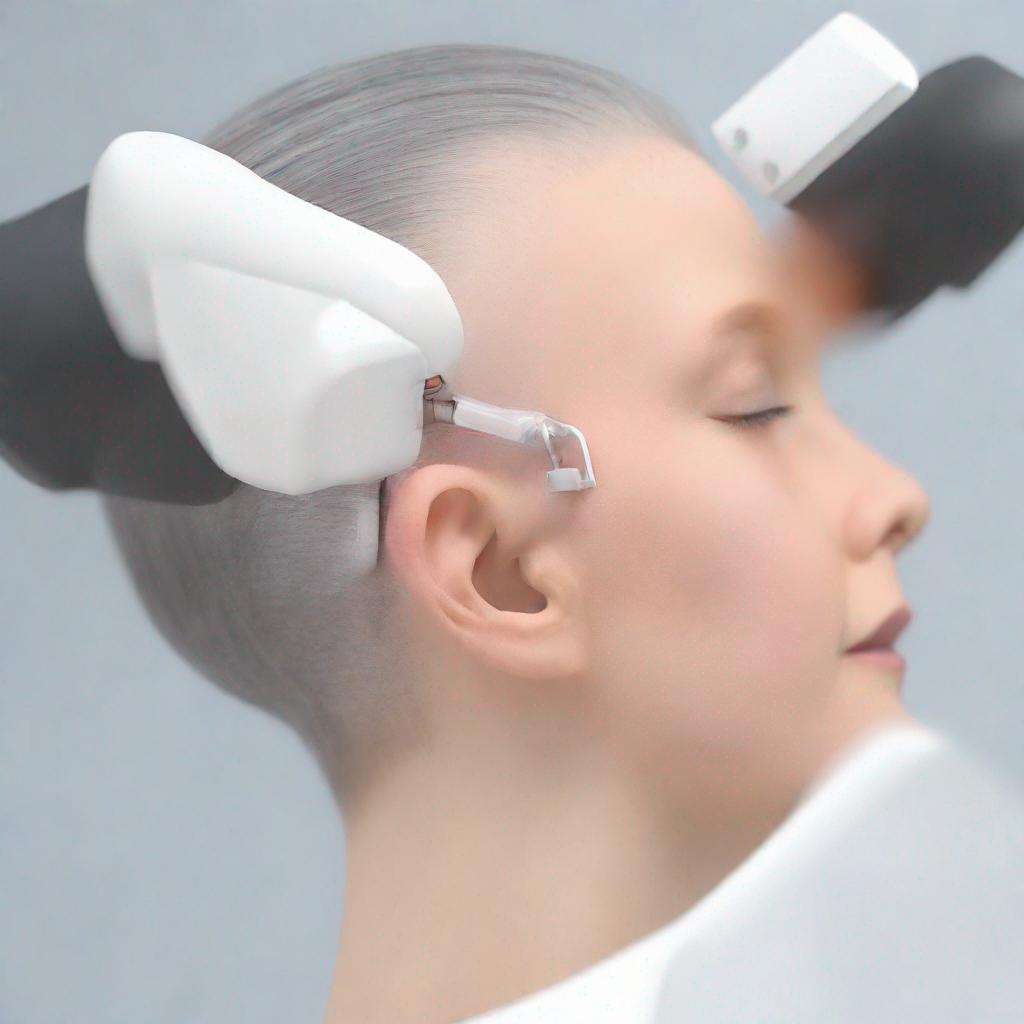## Rinne Test: A Comprehensive Guide
### Introduction
The Rinne test is a simple and non-invasive medical exam used to assess hearing function. It helps differentiate between conductive hearing loss (a problem with sound transmission to the inner ear) and sensorineural hearing loss (damage to the inner ear or auditory nerve).
### Procedure
The test is performed by placing a vibrating tuning fork on the patient’s forehead (bone conduction) and then on the mastoid bone behind the ear (air conduction). The patient is asked to indicate when and where they hear the sound the loudest.
– **Positive Rinne Test:** The sound is heard louder via air conduction than bone conduction, indicating normal hearing or conductive hearing loss.
– **Negative Rinne Test:** The sound is heard louder via bone conduction than air conduction, suggesting sensorineural hearing loss.
### Diagnosis
The Rinne test can help diagnose various ear conditions, including:
– Otitis media (middle ear infection)
– Otosclerosis (hardening of the middle ear bones)
– Eustachian tube dysfunction
– Perforated eardrum
– Meniere’s disease
### Importance
The Rinne test is an important tool for diagnosing hearing loss and its underlying cause. It helps determine if the problem lies in the middle ear (conductive loss) or the inner ear (sensorineural loss). This information guides appropriate treatment decisions.
### Alternatives
Other hearing tests that can supplement the Rinne test include:
– **Weber test:** Assesses the symmetry of hearing.
– **Audiometry:** Determines the degree and type of hearing loss.
– **Tympanometry:** Measures the movement of the eardrum.
### Preparation
The Rinne test requires no special preparation. However, it’s important to inform the healthcare provider about any ear pain, discharge, or previous hearing problems.
### Duration
The Rinne test typically takes a few minutes to complete, and the results are usually available immediately.
### Recommendations
If a patient has a positive Rinne test, further evaluation of the middle ear may be necessary, such as:
– Otoscopic examination
– Tympanometry
– Hearing aid fitting
If a patient has a negative Rinne test, further testing may focus on the inner ear, such as:
– Pure-tone audiometry
– Speech audiometry
– Magnetic resonance imaging (MRI)


